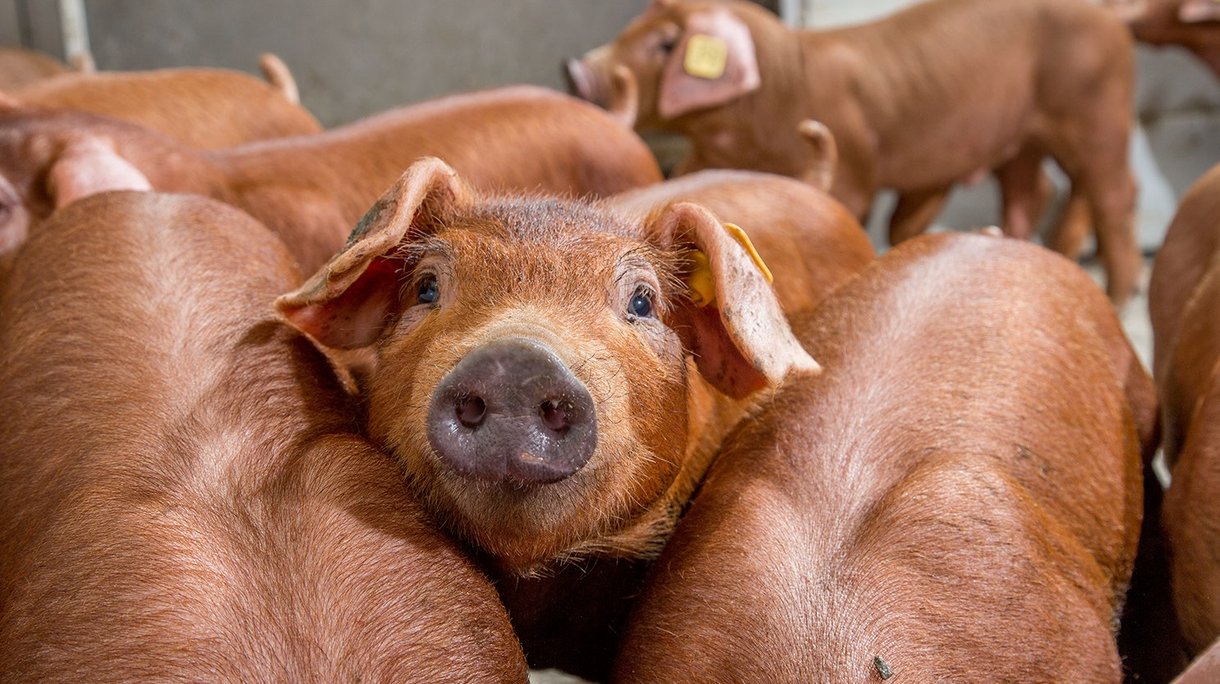
Published on May 1, 2021
Setting animal welfare standards
Giving animals a good quality of life helps encourage better productivity, but what level of animal welfare is needed to set the standard across the globe?
With the discussion of better animal welfare gaining more attention in recent years, Hendrix Genetics focuses on providing an ultimate standard of animal welfare for all animals in our care.

What is ultimate animal welfare?
As leaders in sustainable animal breeding, we not only want to provide the highest quality animal genetics, we also want to ensure an ultimate standard of welfare for all animals in our care. But what does ultimate animal welfare really mean? To us, ultimate animal welfare is the best-of-the-best achievable standards of animal welfare that can be provided.
Taking a look at what requirements are needed by all animals in our care, we can determine that providing them with the most natural environment and surroundings is ideal. By establishing a suitable environment that provides the ability for animals to exhibit their natural behavior is crucial. We want our animals to perform to the best of their ability, so mirroring an environment that includes the proper housing ensures they feel comfortable and keeps their productivity on track. High quality feed is also needed to achieve a standard of ultimate animal welfare. Just like people, animals who are fed a high-quality diet are able to meet performance goals faster and with ease. Access to proper medical care and treatments also plays a large role in our animals staying healthy and free from potential diseases.
Gene editing may offer a solution
In the past decade there has been increased awareness about the elimination of animal treatments like beak trimming in poultry or surgical castration in swine. Though these treatments offer benefits to the animals, some argue that they reflect poorly on the standard of animal welfare. How can breeding and genetics be used to eliminate management issues such as aggressive behavior, even before they present themselves on the farm? Ongoing research is taking place to see if gene editing can be a possible solution.
Using gene editing to create genetic changes comes with big responsibilities. At Hendrix Genetics, we dedicate ourselves to research the application of gene editing, and closely follow the research and progress of our peers. Today’s knowledge tells us that qualities or traits are usually not found in just one single gene, but in fact are the result of a large number of genes that collaborate in different parts of the DNA.
We believe that gene editing might provide a breakthrough, where we currently lack the possibilities to make a change. Although we are interested to find out, at this moment, there are simply still too many questions about which parts of the DNA link to which traits in order to apply gene editing responsibly. Without proper research, we do not consider gene editing for the improvement in efficiency or product quality. But we continue to stay close to any new developments as they unfold.
With our current breeding technologies and our natural selection process, the efficiency and quality of our animals improve with each new generation. Our ultimate goal is to ensure that the animals in the value chain, not just survive – but thrive. By continuing to make gradual genetic improvements with every generation, and by keeping close to new breeding technology, we are committed to our vision to set the standard for sustainable animal breeding.
What are your thoughts on our social sustainability stories?
If there is a topic you would like us to cover, please submit it via the button below.
You've read an opportunity article. Interested in the solution or challenge?
Do you want to explore all articles?



